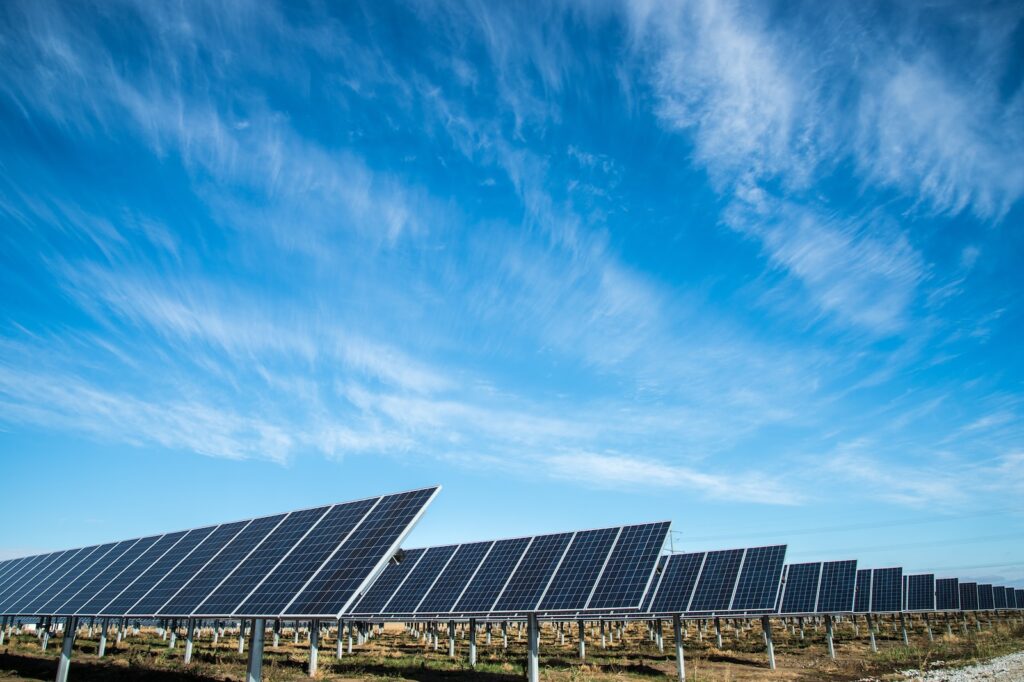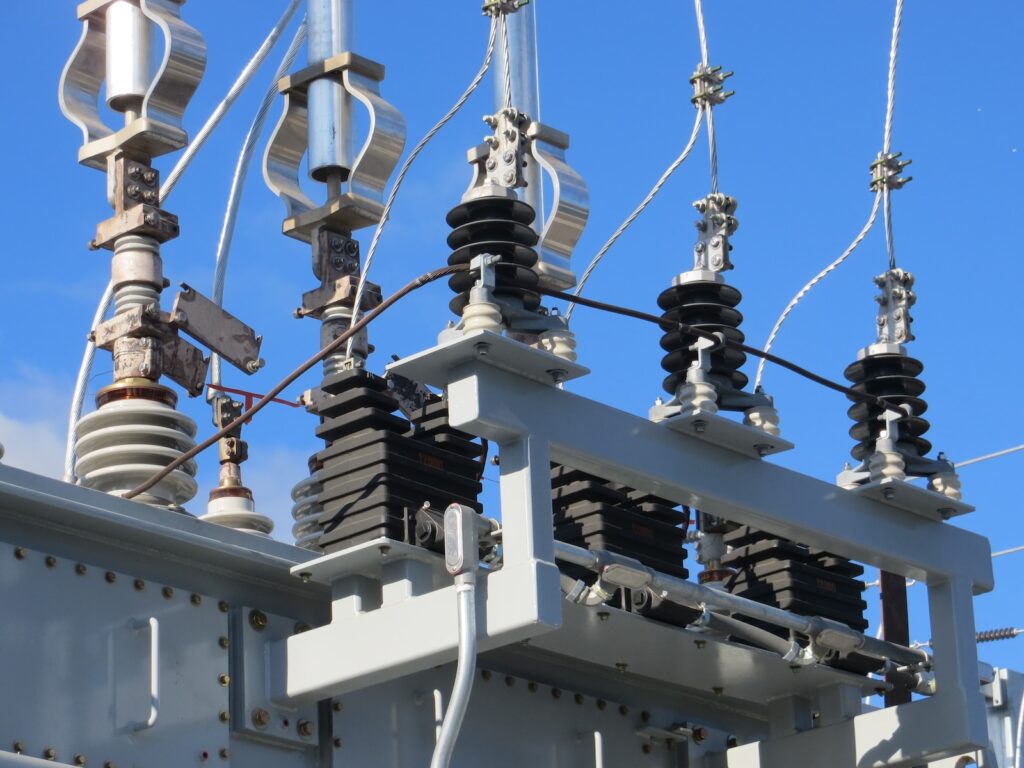In a world grappling with the adverse effects of climate change and dwindling fossil fuel reserves, the importance of green energy technology has never been more apparent. Among the myriad of renewable energy sources, solar and wind power, coupled with advanced energy storage solutions, have emerged as the vanguard of sustainable energy generation. This article explores the transformative power of these technologies in reshaping the energy landscape.
Solar Energy
Solar energy, harnessed from the sun’s radiant power, is a cornerstone of the green energy revolution. Solar panels, through the process of photovoltaics, actively convert sunlight into electricity. This transformative technology offers several advantages. First, it drastically reduces greenhouse gas emissions, combating climate change. Second, solar power is renewable and sustainable, relying on an abundant energy source. Third, while installation costs can be substantial, solar panels are cost-effective in the long run, reducing electricity bills over time.
Real-world examples abound of solar energy’s implementation. Countries like Germany have embraced solar power, with photovoltaic installations covering vast areas. However, challenges such as intermittency, where energy generation depends on sunlight availability, persist. Energy storage solutions, like batteries, are crucial to addressing this issue.

Wind Energy
Wind energy, harnessed through wind turbines, is another dynamic force in the green energy sector. These turbines actively capture kinetic energy from the wind, converting it into electricity. Wind energy offers numerous advantages. It is clean and abundant, with wind turbines becoming increasingly efficient and scalable. Wind power also contributes to energy independence by reducing reliance on fossil fuels.
Real-world examples of wind energy’s success can be seen in places like Denmark, where wind power supplies a substantial portion of the nation’s electricity. However, the variability of wind presents challenges, as wind speeds can fluctuate. Innovative solutions, such as energy storage systems and grid integration, are being explored to mitigate these issues.
Energy Storage
Energy storage plays a pivotal role in ensuring the reliability and effectiveness of green energy systems. Various technologies, including advanced batteries and pumped hydro storage, actively store excess energy for later use. The advantages of energy storage are manifold. It stabilizes the grid, enabling consistent power supply even when renewable sources are intermittent. Energy storage also facilitates the seamless integration of renewable energy into existing systems and provides backup power during emergencies.
Examples of energy storage implementation include the Hornsdale Power Reserve in South Australia, one of the world’s largest lithium-ion battery installations. Challenges such as energy density and cost-effectiveness persist but are the focus of ongoing research and development efforts.

Synergy Among Technologies
The synergy between solar, wind, and energy storage technologies is undeniable. Solar panels can generate power during the day, while wind turbines can contribute energy when the sun is not shining. Energy storage systems bridge the gap by storing excess energy from both sources for use during periods of low generation. Integrated green energy systems are already being deployed, providing a more reliable and sustainable energy supply.
Future Prospects
The future of green energy technology is promising. Ongoing research is focused on improving the efficiency of solar panels and wind turbines, making them more cost-effective and accessible. Energy storage solutions are evolving rapidly, with advancements in battery technology driving progress. Government policies and incentives are also crucial in fostering the growth of these technologies.
Conclusion
In conclusion, solar, wind, and energy storage technologies are revolutionizing the energy sector, offering a sustainable alternative to fossil fuels. Through active innovation and collaboration, these technologies are addressing challenges and paving the way for a greener, more sustainable energy future. It is imperative that individuals, businesses, and governments alike continue to support and invest in these green energy solutions to combat climate change and ensure a brighter future for generations to come.

